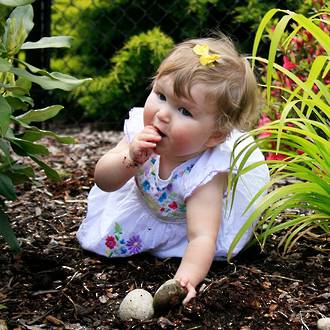

Higher levels can damage the kidneys and nervous system in both children and adults. The greatest risk is to brain development, where irreversible damage can occur. ComplicationsĮxposure to even low levels of lead can cause damage over time, especially in children. If you're pregnant or planning a pregnancy, be especially careful to avoid exposure to lead. Immigrant and refugee children also should be tested. American families who adopt a child from another country might want to have the child's blood tested for lead poisoning. Developing countries often have less strict rules regarding exposure to lead than do developed countries. Refinishing old furniture might put you in contact with layers of lead paint. Making stained glass and some jewelry requires the use of lead solder. People renovating an older home are at even higher risk. Although the use of lead-based paints has been banned since the 1970s, older homes and buildings often retain remnants of this paint. Young children also absorb lead more easily, and it's more harmful for them than it is for adults and older children. They might chew paint that flakes off walls and woodwork, and their hands can be contaminated with lead dust. Infants and young children are more likely to be exposed to lead than are older children. People are exposed to lead and can bring it home on their clothes when they work in auto repair, mining, pipe fitting, battery manufacturing, painting, construction and certain other fields.įactors that may increase your risk of lead poisoning include: Time spent at firing ranges can lead to exposure.

Tamarind, an ingredient used in some candies made in Mexico, might contain lead. Lead poisoning has been linked to greta and azarcon, traditional Hispanic medicines, as well as some from India, China and other countries. Kohl is another eye makeup that may contain lead. Tiro, an eye cosmetic from Nigeria, has been linked to lead poisoning. Lead is sometimes found in toys and other products produced abroad. Glazes found on some ceramics, china and porcelain can contain lead that can leach into food served or stored in the pottery. Household dust can contain lead from lead paint chips or from contaminated soil brought in from outside. Some soil close to walls of older houses contains lead. Lead-contaminated soil is still a major problem around highways and in some urban settings. Lead particles from leaded gasoline or paint settle on soil and can last years. Lead solder in food cans, banned in the United States, is still used in some countries. Lead pipes, brass plumbing fixtures and copper pipes soldered with lead can release lead particles into tap water. Most lead poisoning in children results from eating chips of deteriorating lead-based paint. But lead-based paint is still on walls and woodwork in many older homes and apartments. Lead-based paints for homes, children's toys and household furniture have been banned in the United States since 1978. Lead was also once used in paint and gasoline and is still used in batteries, solder, pipes, pottery, roofing materials and some cosmetics. Lead is a metal that occurs naturally in the earth's crust, but human activity - mining, burning fossil fuels and manufacturing - has caused it to become more widespread. Miscarriage, stillbirth or premature birth in pregnant women.Difficulties with memory or concentration.Signs and symptoms in adults might include: Eating things, such as paint chips, that aren't food (pica)īabies exposed to lead before birth might:Īlthough children are primarily at risk, lead poisoning is also dangerous for adults.

Signs and symptoms of lead poisoning in children include: Signs and symptoms usually don't appear until dangerous amounts have accumulated. Initially, lead poisoning can be hard to detect - even people who seem healthy can have high blood levels of lead.


 0 kommentar(er)
0 kommentar(er)
